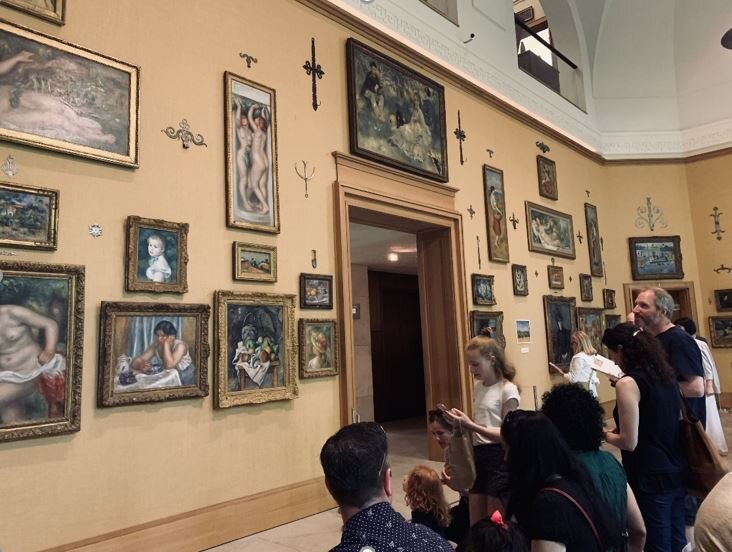Image recognition, as one of the subsets of computer vision, is the process of identifying objects, places, or people in images or videos. This article discusses different image recognition software being used, and details the author’s experience using the technology at the Barnes Foundation.
Case Study II: Digital Engagement and Experience Design
As museums seek to increase engagement in both the physical museum space and across digital platforms, many are striving to create more personalized experiences that differentiate the museum visit and increase engagement with the institution and its collection. These two case studies—the Museum of Old and New Art in Tasmania, Australia, and the Cooper Hewitt Smithsonian Design Museum in New York—are examples of hybrid museums that successfully demonstrate how bridging the physical and virtual in the museum visitor experience can increase the length, breadth and depth of engagement with the institution and its collection.
Best Practices in Website Redesign: Inside AMT Lab's Refresh
UX Design for Cultural Institutions: Observation Studies
UX design explains how organizations value and practice relationships with audiences. These relationships are defined by the single and accumulated experiences that occur through interacting with an object in a given context. If an institution truly understands how audience members consciously and subconsciously interact in a given environment, they can better design their spaces and develop programming.









